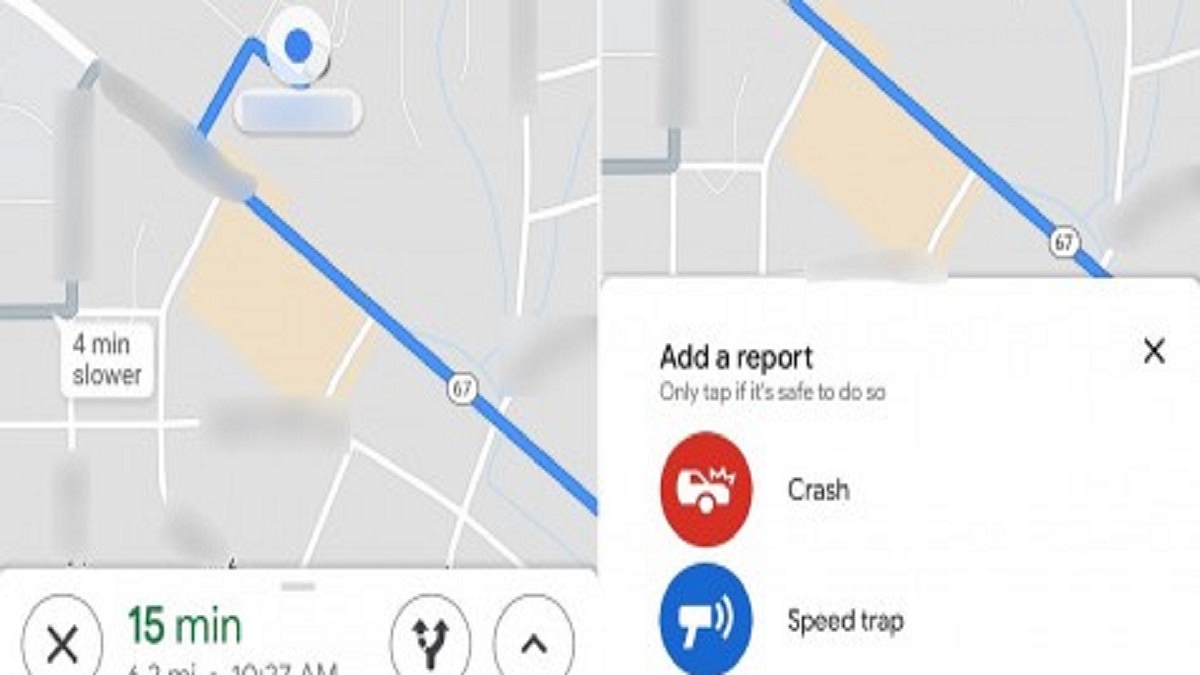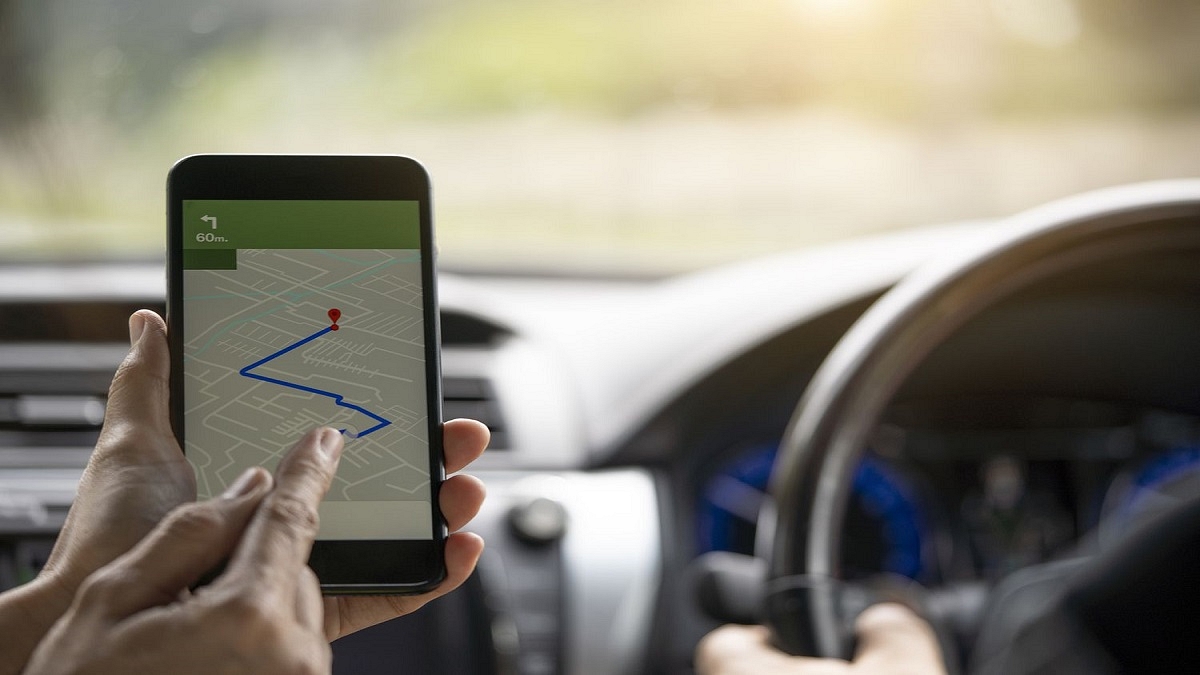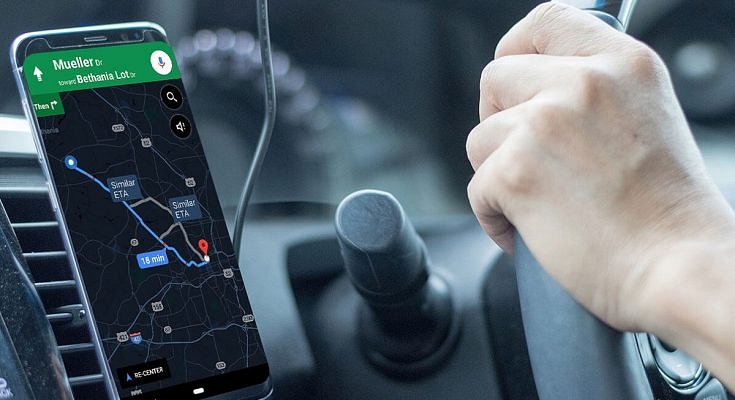Key Highlights
- During the monsoon, accidents, landslides, and road closures are frequent
- Users of Google Maps can report accidents, landslides, and road closures
- Users of Google Maps can access this data while driving
Monsoon season is here! It contributes between 70 and 80 percent of the nation’s yearly rainfall, and many activities, including agriculture, depend on it. The impact of rising global temperatures can also be noticed during the monsoon season. Intense rain for brief periods of time during the monsoon has become a typical occurrence. These kinds of extreme weather occurrences result in waterlogging, crumbling roads, and landslides since the nation’s current infrastructure is not equipped to handle them.
Also Read | Avoid Overspeeding Traffic Challans: How To Enable Speed Limit Warning In Google Maps
These factors have made accidents more frequent during the monsoon, but thanks to modern technology, individuals are now able to report accidents, road closures, waterlogging, and more on a platform like Google Maps, potentially saving lives. Here is a step-by-step guide on how to report accidents, road closures, waterlogging, and more on Google Maps.
How To Report Accidents, Road Closures On Google Maps

Step 1: On your phone, launch Google Maps and enter your destination.
Step 2: Swipe up from the bottom bar that displays your route information after starting the navigation.
Also Read | How To Access Google Maps Without Phone On Wear OS
Step 3: The button labeled “Add a report” will appear below the map. Tap it.
Step 4: From the list of options, pick the incident type you want to report.
Step 5: If you verify your complaint, Google will warn any nearby users who are traveling.

In conclusion, Google Maps provides a comprehensive solution for reporting accidents and road closures. With its user-friendly interface and real-time updates, it allows users to contribute and access vital information on the go. By enabling users to report accidents and road closures, Google Maps not only enhances the overall driving experience but also promotes safety on the roads. The ability to view incidents and plan alternative routes efficiently contributes to minimizing traffic congestion and improving commute times.
